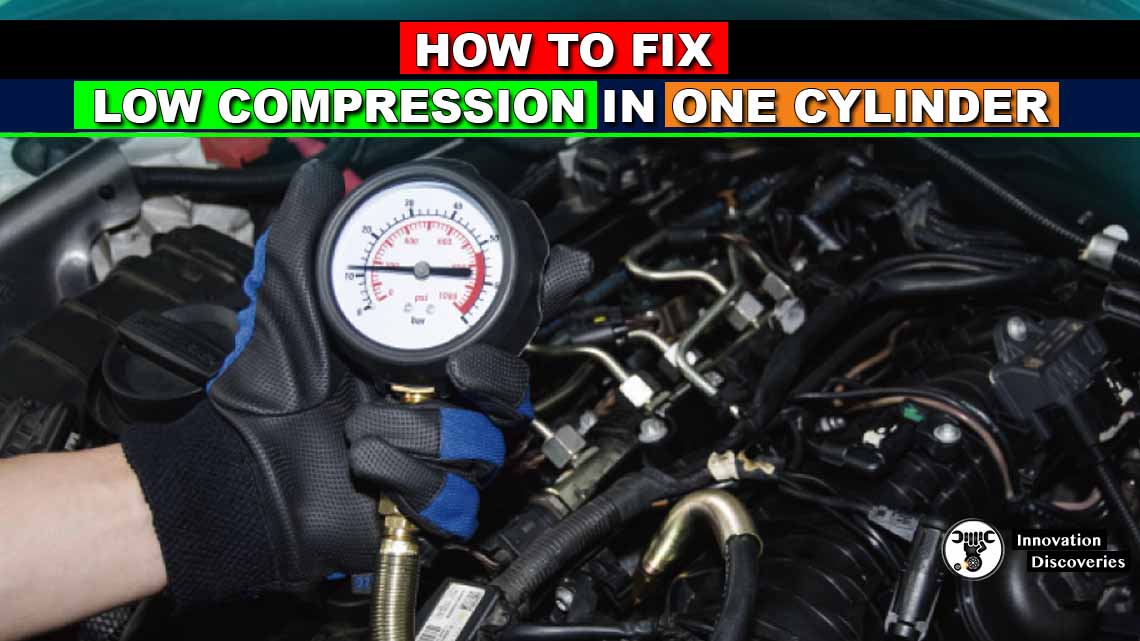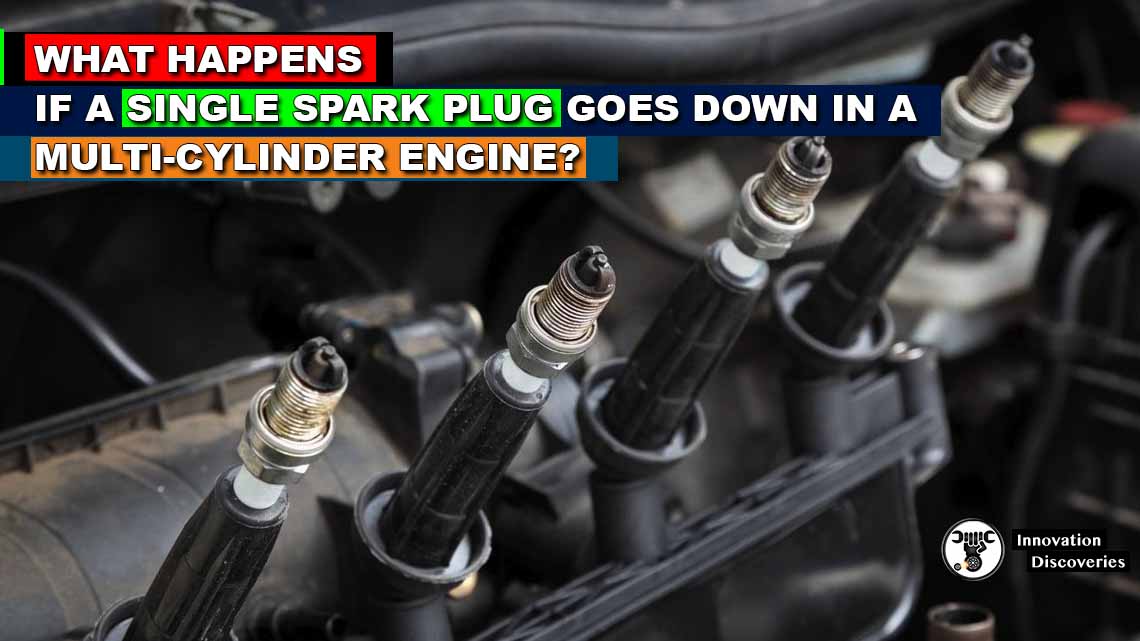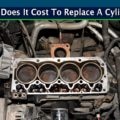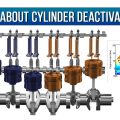Cylinder Deactivation
Cylinder deactivation is a method of creating a variable displacement engine by
Means of deactivating one or more cylinders to provide better fuel economy.
This method can supply full power at high loads
Where all the cylinders will be active and can also provide
Better fuel economy at low loads by deactivating cylinders.
The Purpose for Cylinder Deactivation:
The main purpose of a variable displacement engine is to reduce emissions and
Fuel consumption at low load conditions.
In a conventional fixed displacement engine running at low load condition,
The engine delivers only 30% of its power to the power train.
The throttle valve is only partially open at low load condition;
Which makes the engine utilize more power to draw the required air through the small opening. This condition is known as pumping loss. Therefore, driving a large capacity engine at
Low load will result in lower cylinder pressure and hence poor fuel economy.
By shutting down one or two cylinders at low loads,
The number of cylinders drawing in air from the intake manifold will be less and
Hence, helps in increasing the air pressure. Also, the fuel will be supplied to only fewer cylinders,
Which will significantly increase the fuel economy? The fuel consumption can be reduced by 8% to 25% at low load conditions.
Principle of operation:
Cylinder deactivation is achieved by closing both the inlet and exhaust valves of a cylinder. This allows the throttle valve to open further to allow
More air to flow in to create constant power. Better airflow reduces pumping loss on the piston. Hence, the cylinder pressure increases as the piston reaches the top dead centre (TDC).
As a result, an effective amount of power is unleashed to rotate the crankshaft.
When the intake and exhaust valves are kept closed, the exhaust gases are trapped inside the combustion chamber. The exhaust gases are compressed during the piston
Upstroke and expanded due to the piston downstroke movement.
The compression and expansion of exhaust gases,
Adds no extra load on the engine and this is also known as ‘air-spring’.
Methods of Cylinder Deactivation:
There are 2 methods to achieve cylinder deactivation:
- Pushrod Design
- Overhead Cam Displacement Design
Pushrod Design
In this method, a solenoid is used to alter the oil pressure supplied to the hydraulic valve lifters. When a cylinder is deactivated, the corresponding valve lifter is collapsed by cutting the oil pressure. Once collapsed, the lifters are provided with an internal
Mechanism which enables the lifter to telescope within
Itself when the oil pressure is cut off. The lifter won’t be able to lift the pushrods and
Therefore the rocker arms won’t be able to actuate the valves.
Overhead Cam Displacement Design:
The camshaft has longitudinal splines. Cam units are mounted on these splines which can be displaced axially. The cams can be axially displaced on both the intake and the exhaust sides. The cam units have 2 cam contours per valve. One contour has a cam lobe that operates the valve. The other contour has a continuous circular base.
The cam units are displaced with the help of a double actuator. The actuator shifts the cam units so that the contour with the cam lobe is replaced by the contour with a continuous circular base. As a result, the rocker arm stays motionless and the valve remains closed.






One Comment